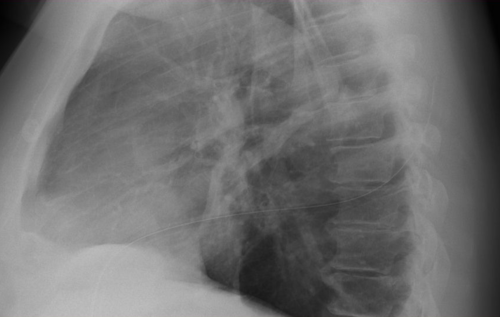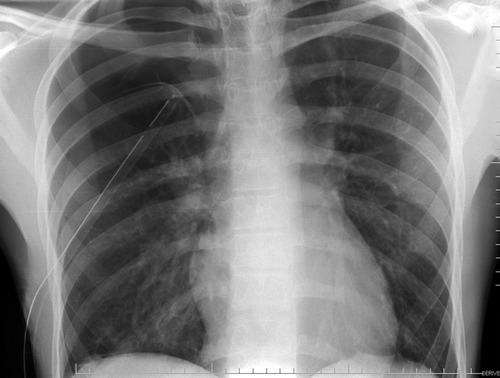The Centers for Disease Control (CDC) has developed a neatly packaged falls prevention program that clinicians can apply to their elderly patients. Of course, there’s a cute acronym (STEADI = Stopping Elderly Accidents, Deaths, and Injuries), and a lot of slickly packaged reference material. The trauma group at Parkland wondered if the application of this outpatient program on an inpatient population would be helpful.
They looked at elderly patients (age>65) who were admitted for falls. The patients went through STEADI evaluation and interventions, and were compared with a group of historical controls from the prior year.
Here are the factoids:
- 218 patients went through the STEADI process, and were compared with 194 controls
- The usual demographics appeared to be the same in both groups
- The fall rate in-hospital was 4.1% for both groups (!)
- The fall recidivism rate (fell after discharge) was also the same (2.8% STEADI vs 2.1% controls)
STEADI consists of a number of assessments, including looking for medical conditions and medications that may impair mobility, visual problems, gait and balance testing, footwear evaluation, cognitive screening, and home evaluation. This program was modified by the authors for inpatient use, although the exact modifications were not listed in the abstract.
Bottom line: The application of the CDC STEADI program did not appear to affect falls in-hospital or those after discharge. The authors question whether maintaining the resources ($) to implement this program is justified. The paper does raise that question, but it is not clear what modifications were made to the full program to tailor it to an inpatient population. The fact that nearly 1 in 20 elderly patients are falling in the hospital is concerning, with or without STEADI. What the abstract does confirm is that elderly falls are a huge problem. The CDC notes that 1 in every 3 patients age 65 and older will fall each year! Further evaluation of STEADI and other similar programs is essential to decrease the morbidity and mortality of falls in this age group.
Related posts:
Reference: UnSTEADI: Implementation of the CDC fall prevention program does not prevent in-hospital falls or reduce fall recidivism rates. Presented at EAST 2015, Paper 16.





